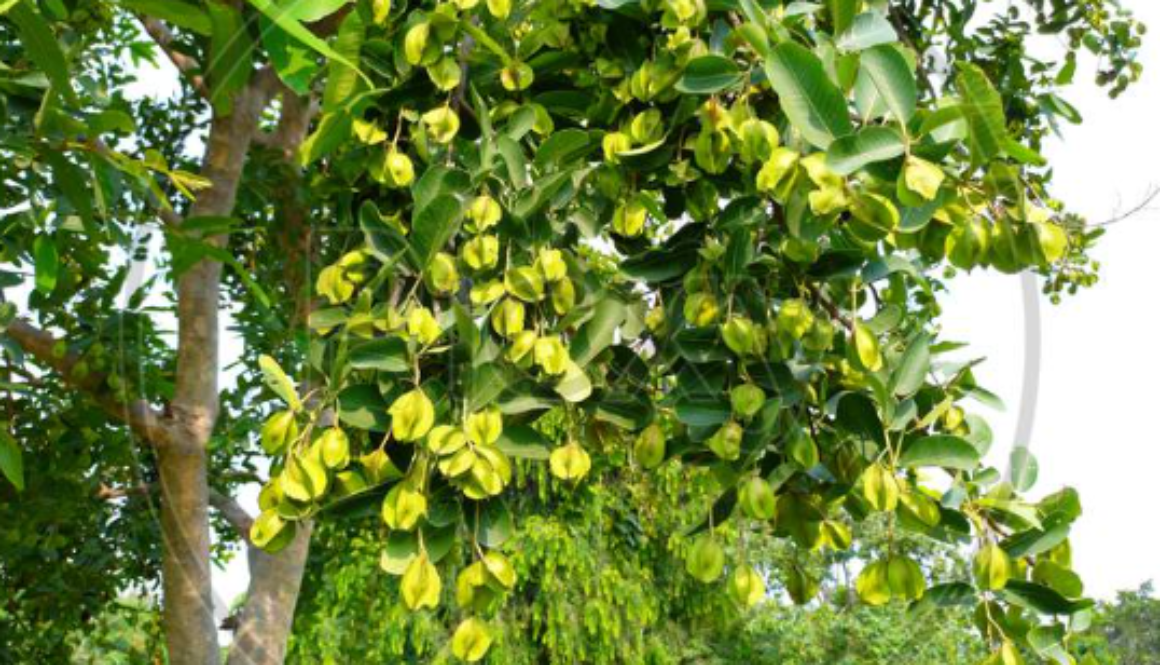ARJUN
CLIMATE: The plant naturally occurs in subtropical and tropical moist regions of the country.
SOIL: The tree prefers alluvial loamy or black cotton soils, which are loose, moist, fertile, and have good drainage and water holding capacity. Riverbank soils, streams, and ravines are its natural habitat.
PROPAGATION AND PLANTATION: Propagation gives best results when seeds are used. Seeds can be collected in early summer from trees that are more than 6 years old. The seeds are viable for at least one year when stored in sealed tins. Seeds may be sown in nursery beds in early summer, usually just after collection.
The seeds should be soaked in cool water for 48 hours or put in boiling water and allowed to cool for 24 hours prior to sowing for better germination. The germination rate of pretreated seeds is up to 90%, while that of untreated seeds is 50 – 60%. Germination commences in 8–12 days and is completed in 7-8 weeks.
Germinated seeds may be transplanted in polybags with clay, manure, and sand in equal ratio. Alternatively, the pre-treated fruits are directly put in polythene bags in April, with half of the fruit above the soil. Pregerminated seeds are preferred to save time and ensure uniform germination. The seedlings are sensitive to drought during the germination stage as well as during the growth stage.
Pits of size 45 cm3 shall be dug at a spacing of 6 × 6 m for seedling plantation. About 10 kg Farmyard Manure and NPK (Nitrogen, Phosphorus, Potassium) at a ratio of 75:50:30 g needs to be added per pit per ha land and thoroughly mixed with soil as basal dose. In July-August about 10-month-old seedlings shall be planted in these pits.
PLANT PROTECTION: The medicinal plants have to be grown without chemical fertilizers and use of pesticides. Organic manures may be used as per requirement of the species. To prevent diseases, bio-pesticides like Azadirachtin can be applied.
IRRIGATION: Irrigation shall be done at 15-day intervals in the summer season for young plantations. Irrigation is generally not done during the winter season in the peninsular region.
HARVESTING: The Arjun tree starts flowering from sixth year onwards. Lifespan of the tree is 50 years and above. Bark is repeatedly. scrapped in winter season. The bark is removed from well grown trees, preferably 10th year onwards, in spiral or vertical strips of not more than 5 cm width and 25 cm length.
USES
The bark and gum are highly valued in Ayurveda as a tonic and cure for a host of cancer, heart, skin, urinary, and gynecological disorders.
The bark was once used to produce a brown dye and is
used as a tanning agent. It can be used for fuel, and for building in rural areas. The leaves are a choice feed for silkworm.

